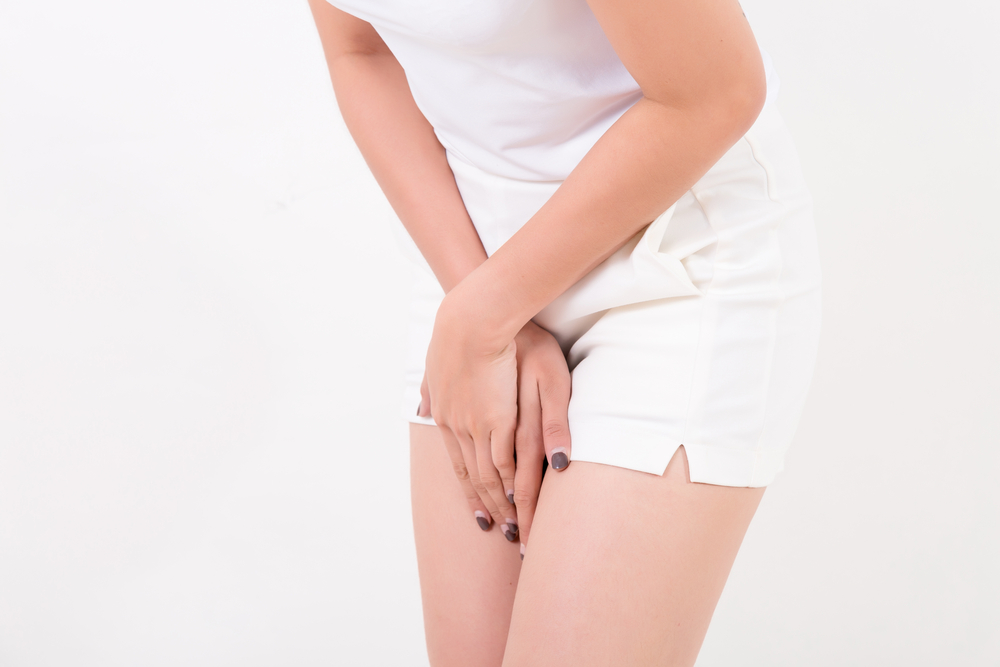DIAGNOSIS
Usually, you or your doctor can confirm a pubic lice infestation through a visual analysis of your pubic area. Lice eggs (nits) may also indicate an infestation, however, even after successful treatment, nits can stick to hairs and be present, even though no longer alive.
TREATMENT/MEDICATIONS
Shampoo. Nix and Rid are over-the-counter shampoos that may be used to kill pubic lice but if these can’t, your doctor may recommend stronger treatments including:
Ivermectin (Stromectol). This prescription is taken as a single dose of two pills. If the treatment isn’t initially successful you have an option to take another dose in 10 days.
Malathion (Ovide). You apply this medication lotion to the affected part then wash it off after eight to 12 hours.
Lindane. This is usually prescribed only when other treatments fail because of its toxicity. You apply this medication to the affected region then wash it off after four minutes. It is not advisable for women who are breastfeeding or pregnant, elderly people, young children or infants, or anyone whose weight is less than 110 pounds.
Eyelash and eyebrow treatments. If found in eyelashes and eyebrows, you can treat them by several weeks of carefully putting petroleum jelly with a cotton swab at night then wash it off in the morning.
If only a few are found, you may be able to remove live nits and lice using a nit comb or your fingernails but because lice can move away from treated areas to other hairy parts of the body, all hairy areas of the body should be meticulously checked and treated.


